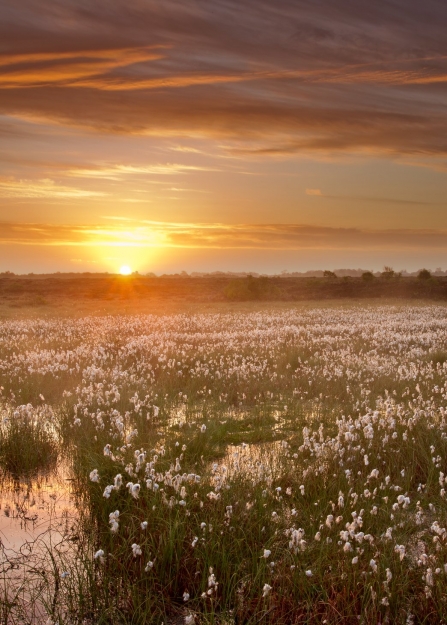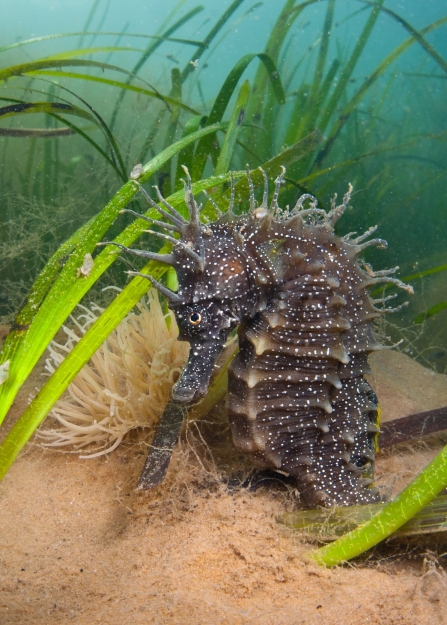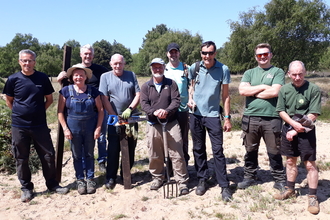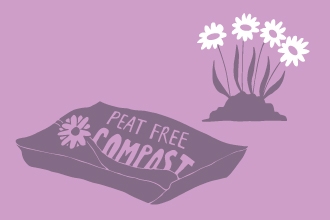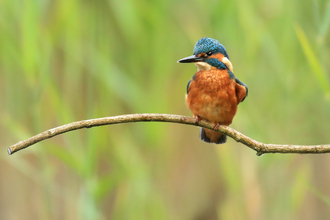In the UK, 41 per cent of species have declined since 1970 and one in seven are now threatened with extinction. The climate emergency has terrible ramifications for wildlife, but the loss of wildlife and wild places also makes the climate crisis worse. The good news is, the weight of scientific research has never been as strong and we’re in a privileged position where we know what needs to be done to help – nature-based solutions must play a key role in the fight against the Climate and Nature Emergency.
So we need to plant trees?
Tree planting is just one part of the solution. Natural climate solutions are exactly that: natural solutions to the climate crisis. They come in the form of a range of healthy natural habitats – like peatlands and woodlands – that capture and store huge amounts of carbon, taking it out of the atmosphere and locking it away in soils and plant matter, sometimes for thousands of years.
But there’s a problem – many of our wild places are damaged, fragmented and threatened with further destruction. As these habitats are lost, carbon is released and the wildlife that lives in these special places is squeezed and pressured, with fewer places to feed, breed and survive.
Natural climate solutions on land
When you think about natural solutions to climate change, tree planting is probably the first thing that springs to mind. However, trees are just one part of a natural arsenal that, together, will be incredibly powerful in turning around the fortunes of our environment.


